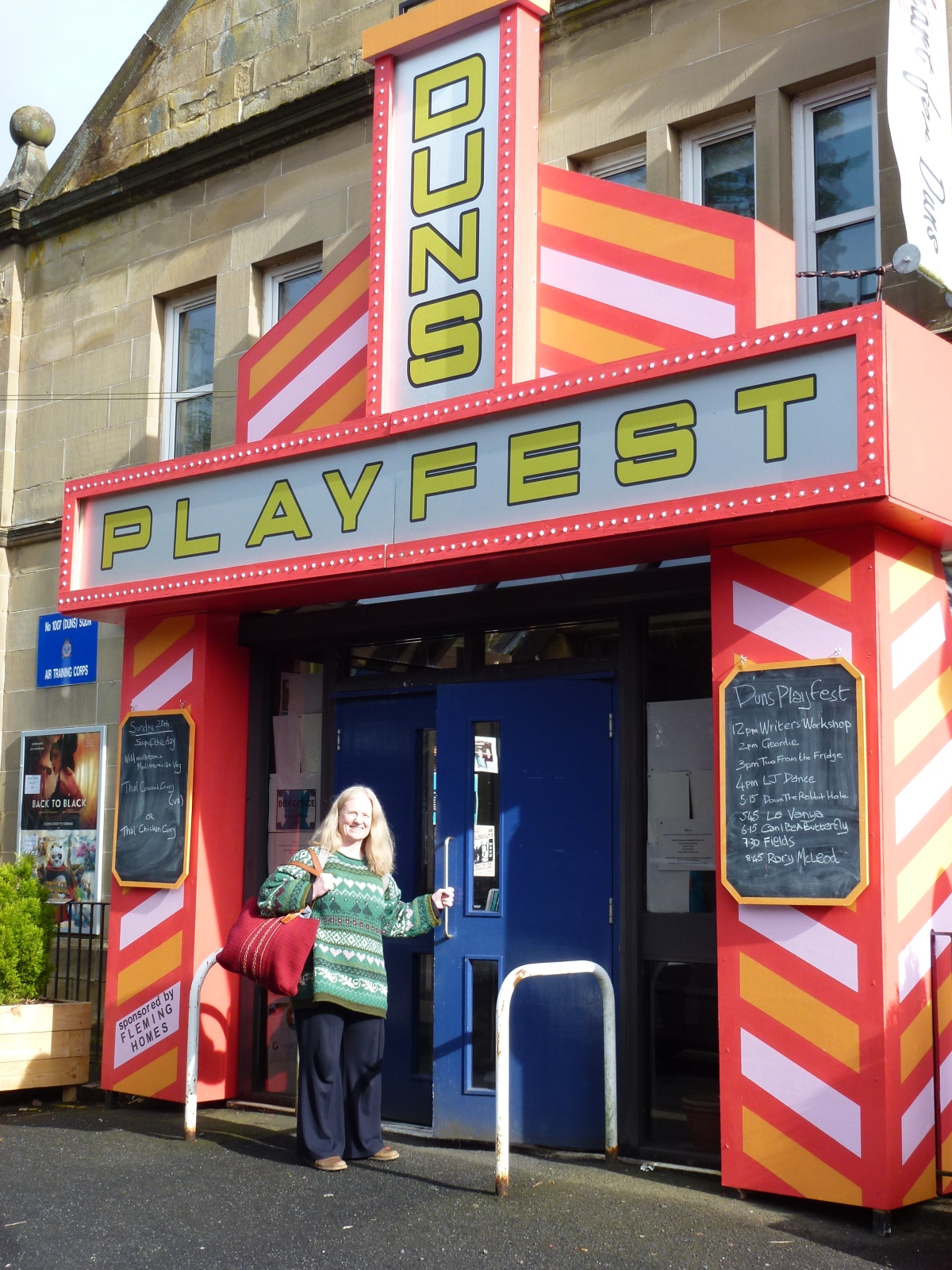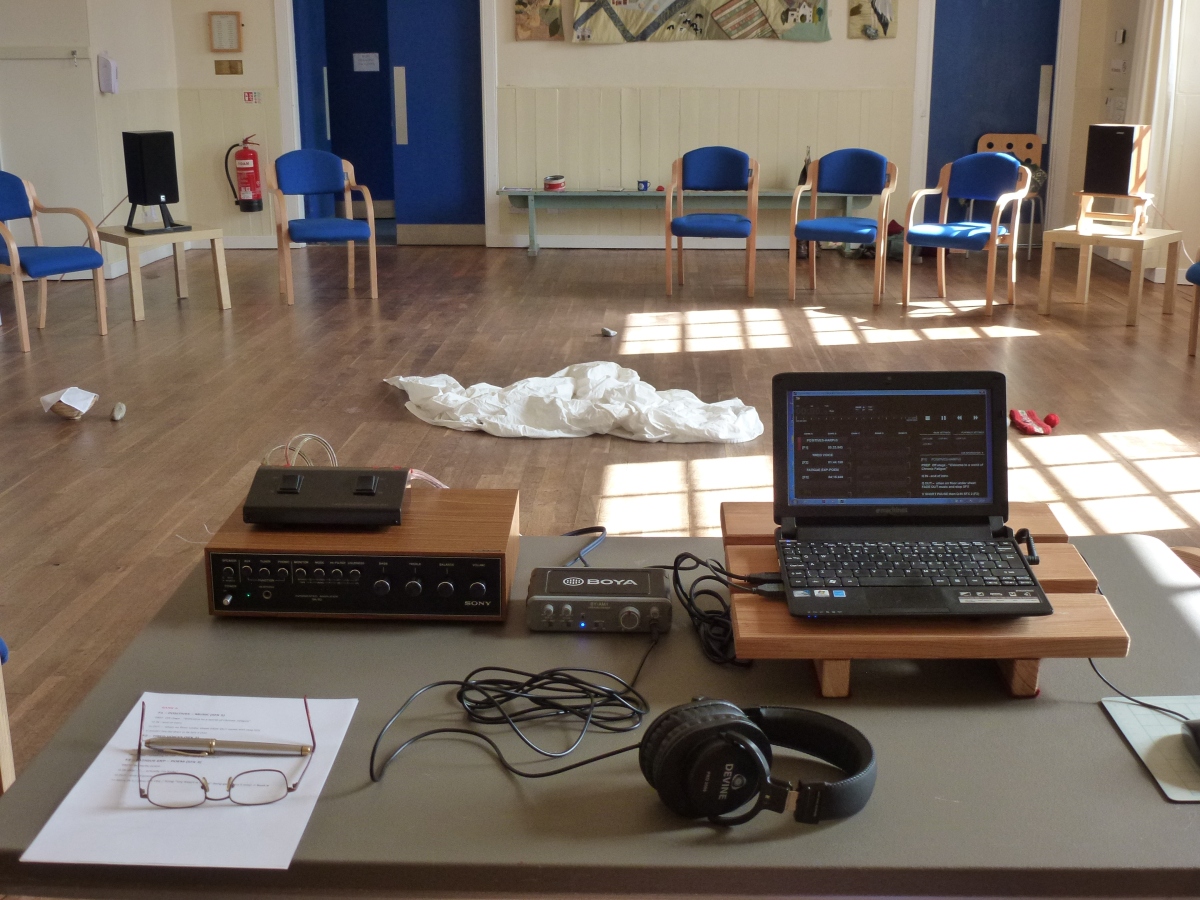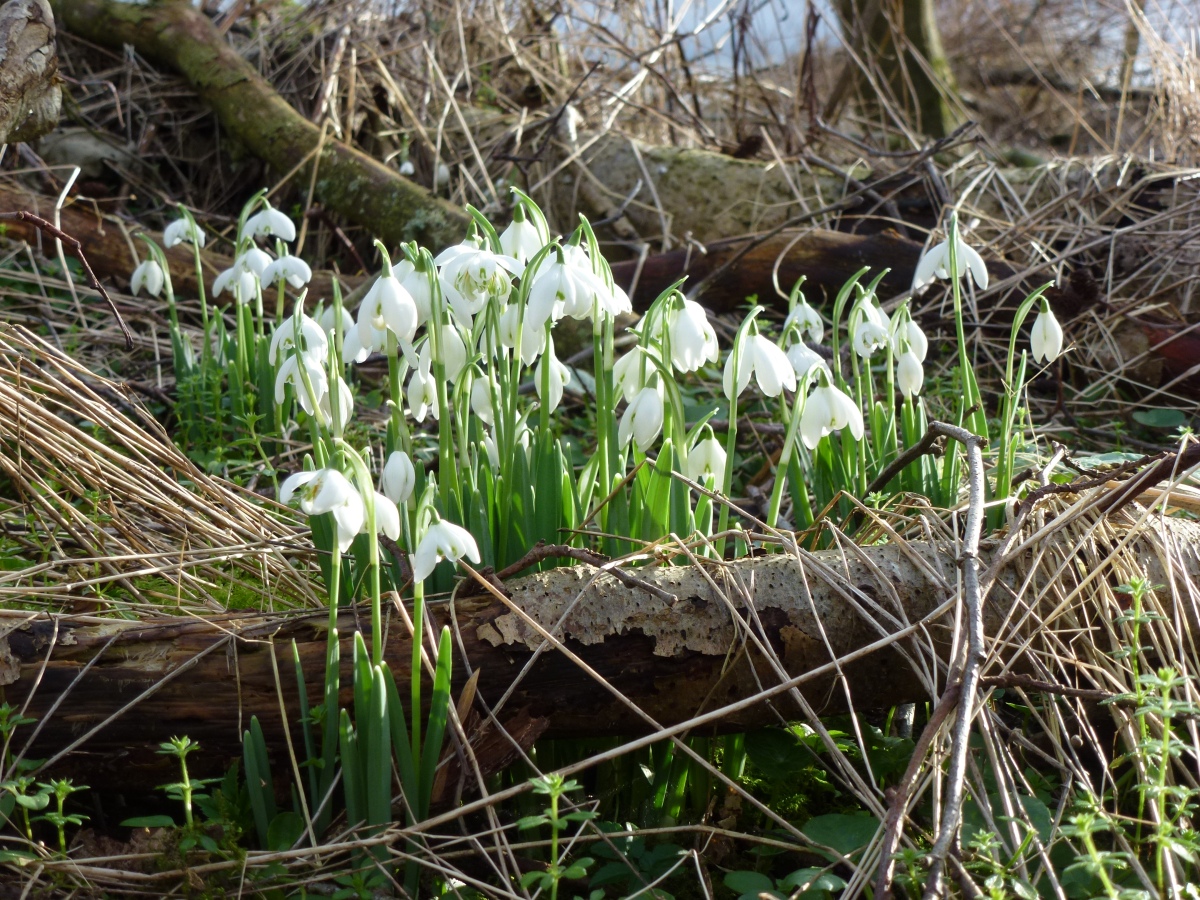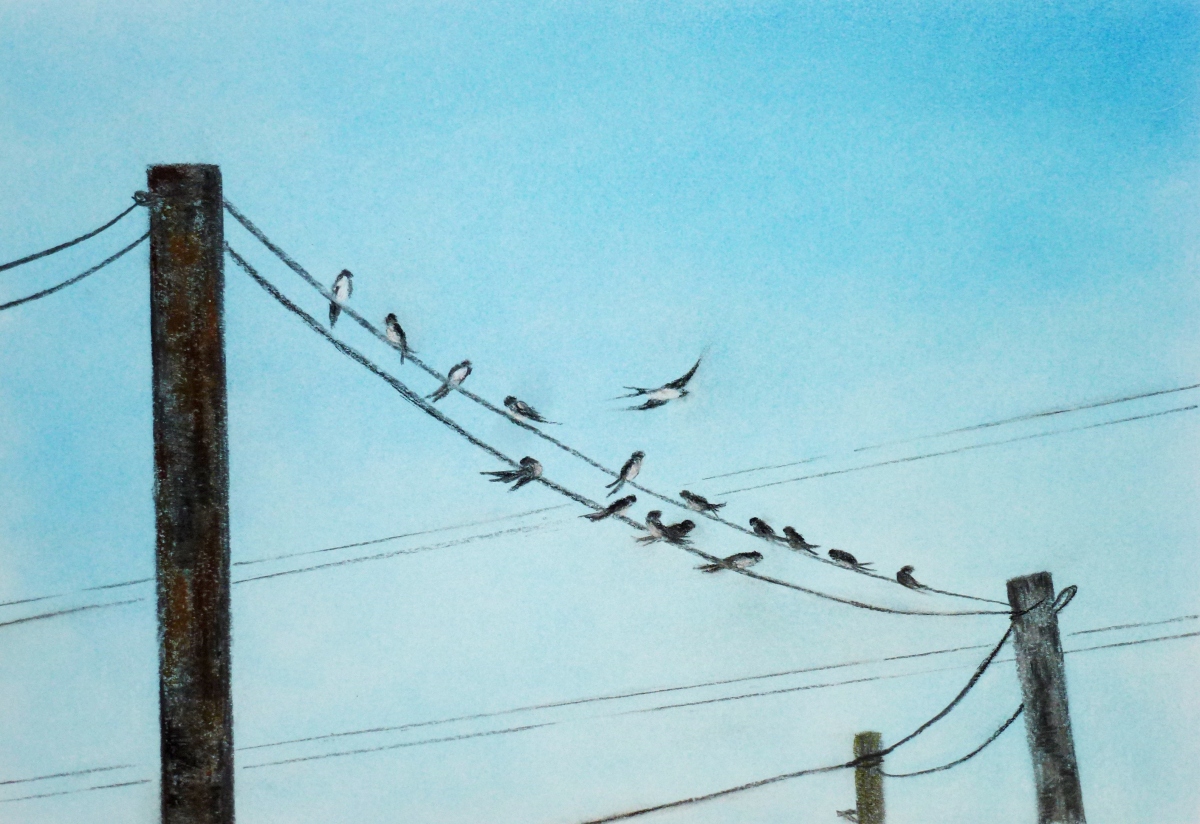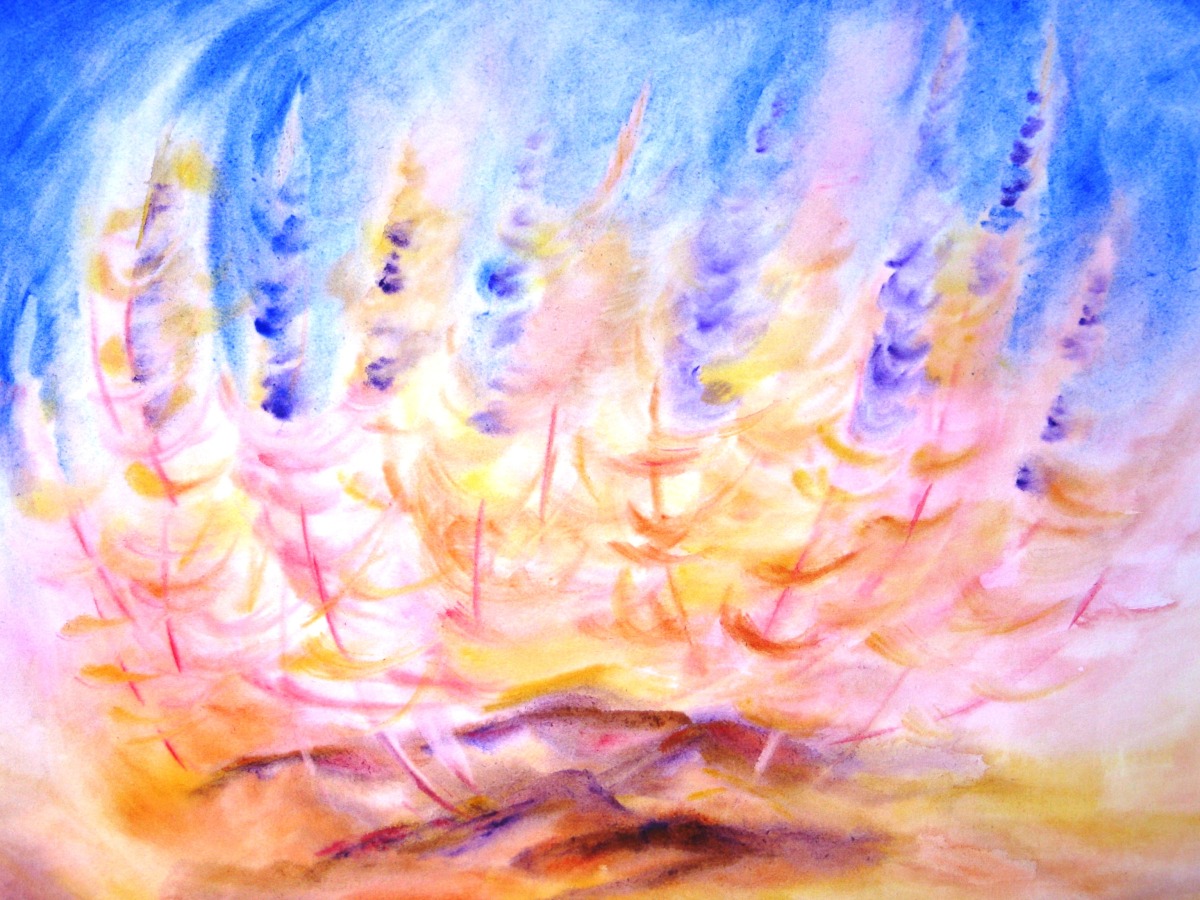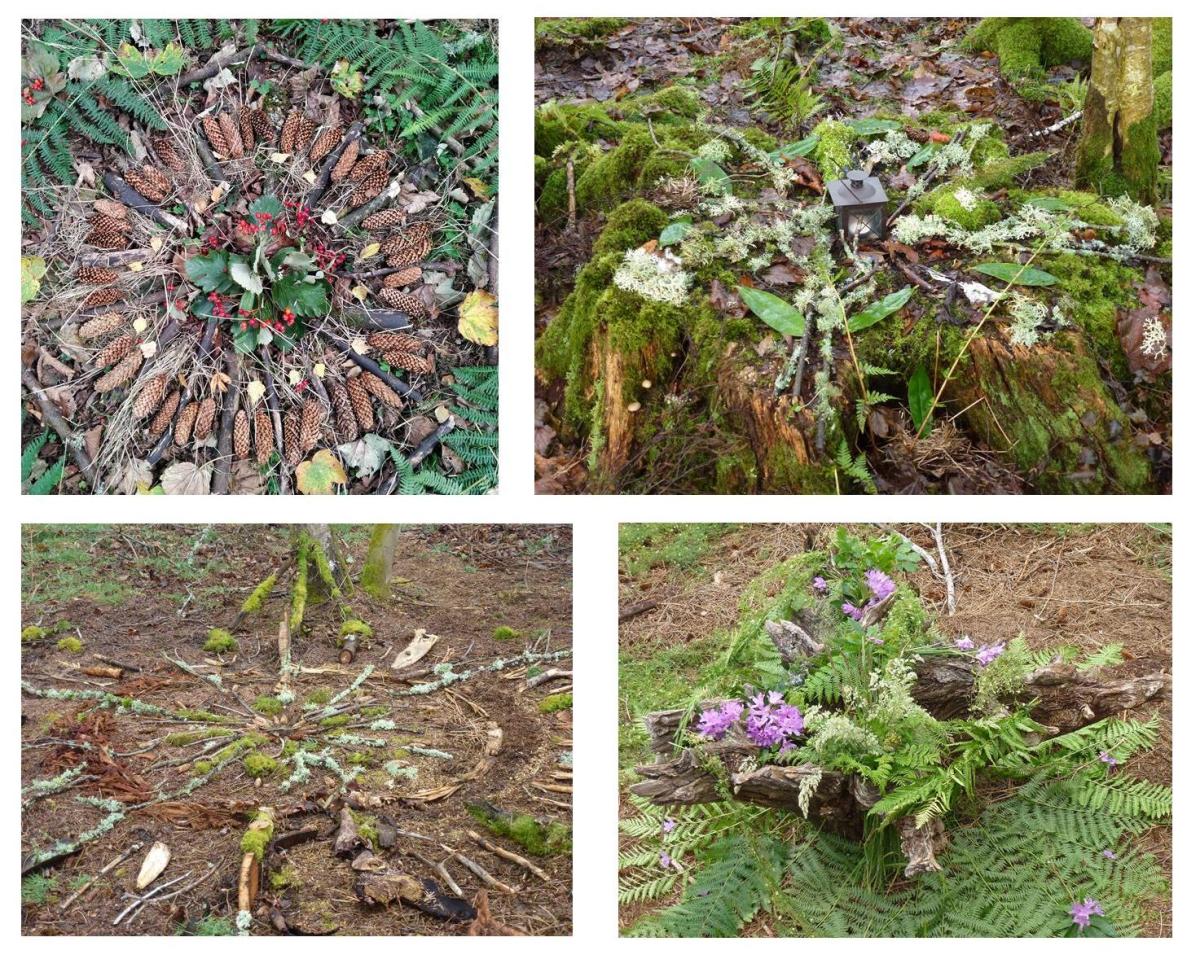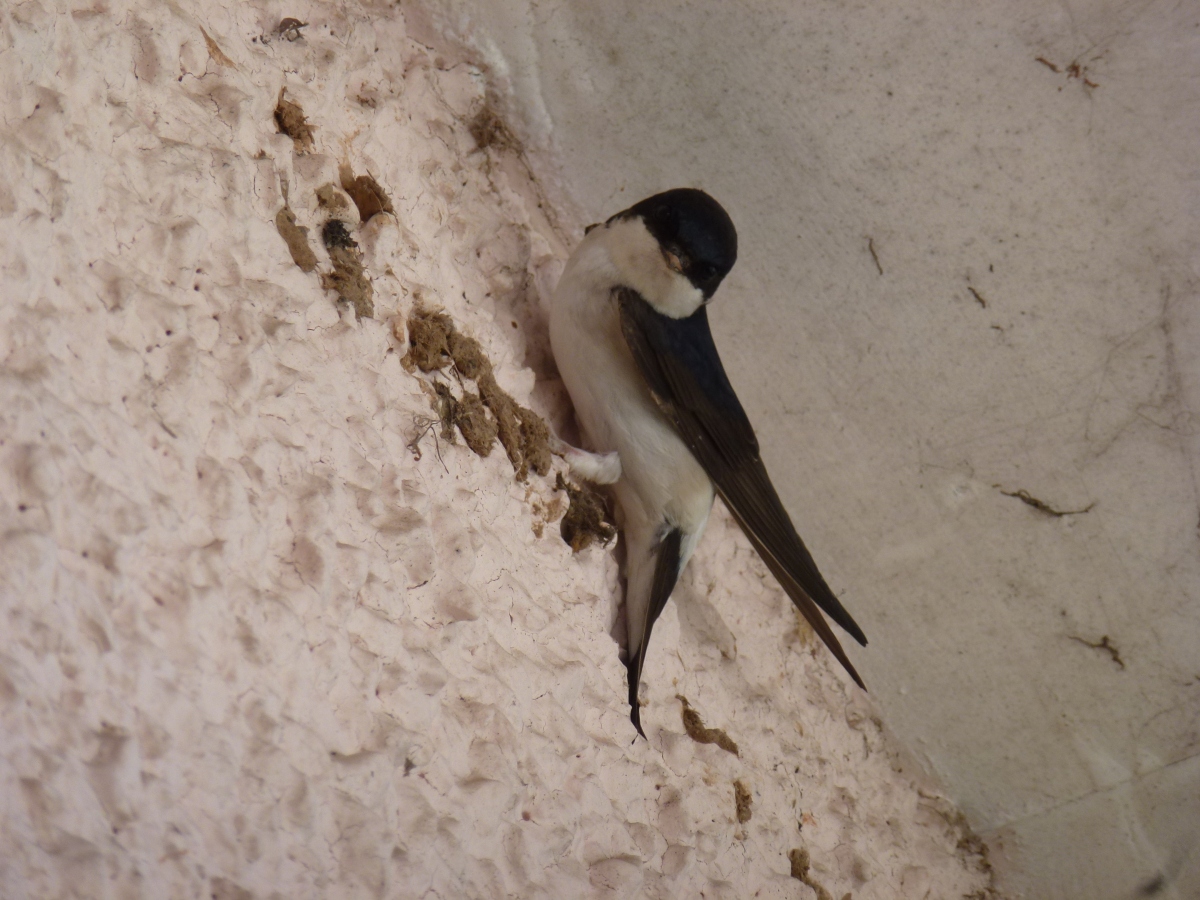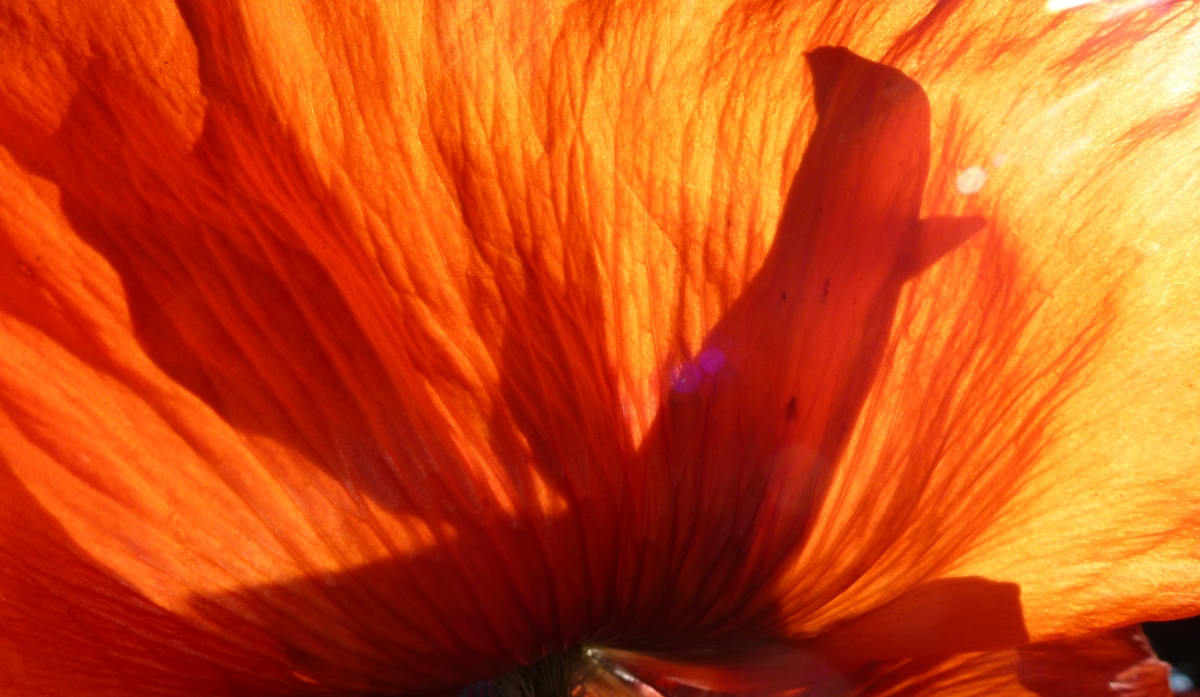After many weeks of devising, sound designing, editing and rehearsing, CAN I BE A BUTTERFLY was performed in front of an audience of over 70 at the Duns Play Fest on Sunday.
Preparing the space – warming up




Performance




Clare’s devised solo play was about Chronic Fatigue and its possible message to a fast world. Using movement, poetry, sound, song and text, she wove her own story around the fairytale of Briar Rose accompanied by the voices of others who have experienced ME and Chronic Fatigue.
It was very well received, with really positive feedback from those we were able to speak to after the performance. A few examples of comments we’ve received subsequently:
It was a brilliant show, thank you for presenting your situation so well. Really memorable and well written. You are a very talented woman. LB
An excellent, mind stopping soul reviving performance. Thank you. RS
MASSIVE congratulations and well done. Too much to review in a text. The sound/editing/narrative was so well done – how it was interwoven with the physical performance. Structure, story, movement and sound so authentic and strong. J said the performance was “aptly pared down but also so rich”. A-LK
I’ve been working collaboratively with Clare on the sound design to produce a range of audio effects for the show. The sound desk did us proud, after just an hour’s tech run early Sunday morning. Many thanks to Marc on sound and Kirk on lighting; we were delighted with the sound reproduction in the main stage area.
The voices that we’d included from the 4 interviews were crystal clear and, at moments, it felt as if there were 5 people present in the theatre space speaking about their experience of Chronic Fatigue.
One of the sound effects I’d created accompanied Clare’s movement peice, depicting the hedge growing on the outside of the castle, whilst Briar Rose slept in the tower on the inside. Listen on headphones if you can.
The recordings of the Duns and Smailholm singing groups performing “Curl Up and Dream” were very atmospheric.
The two poems written, read (so beautifully) and recorded by Lucy fitted seamlessly into the performance.

The Epilogue poem – The Stone – written by the late Jay Ramsay, encapsulated so much of what was being explored within the play and felt like a fitting memory to Jay’s special interest in the alchemical.
The golden butterfly prop is shown here on the cover of his collaborative book – Alchemy of the Invisible. A sequence of paintings by Jenny Poretzky-Lee with poems by Jay Ramsay.
Thanks to Duns Play Fest and to all those that came along to Clare’s solo show to witness a small window into the world of Chronic Fatigue.
Programme notes/credits


See more at Clare’s Many Threads

